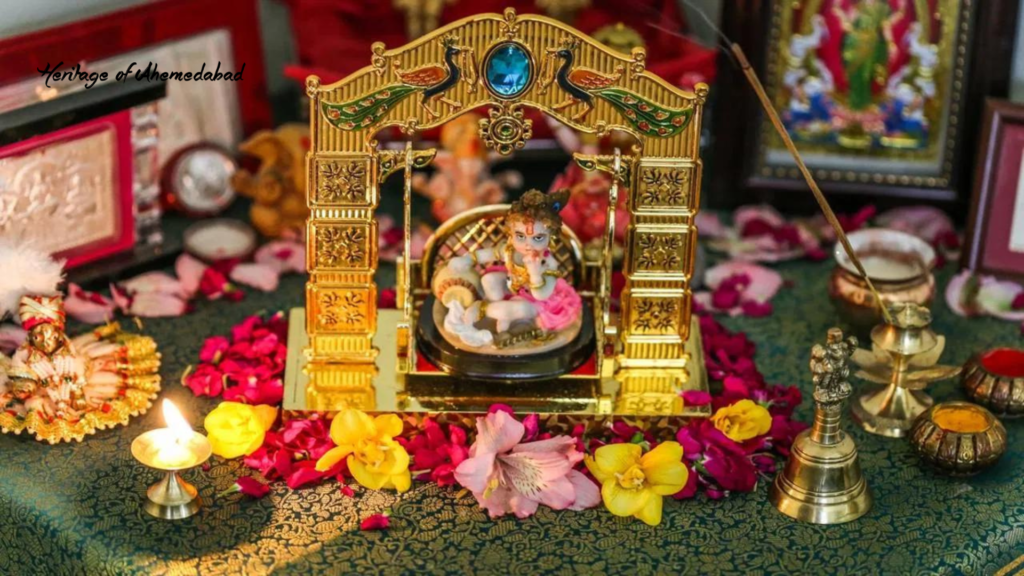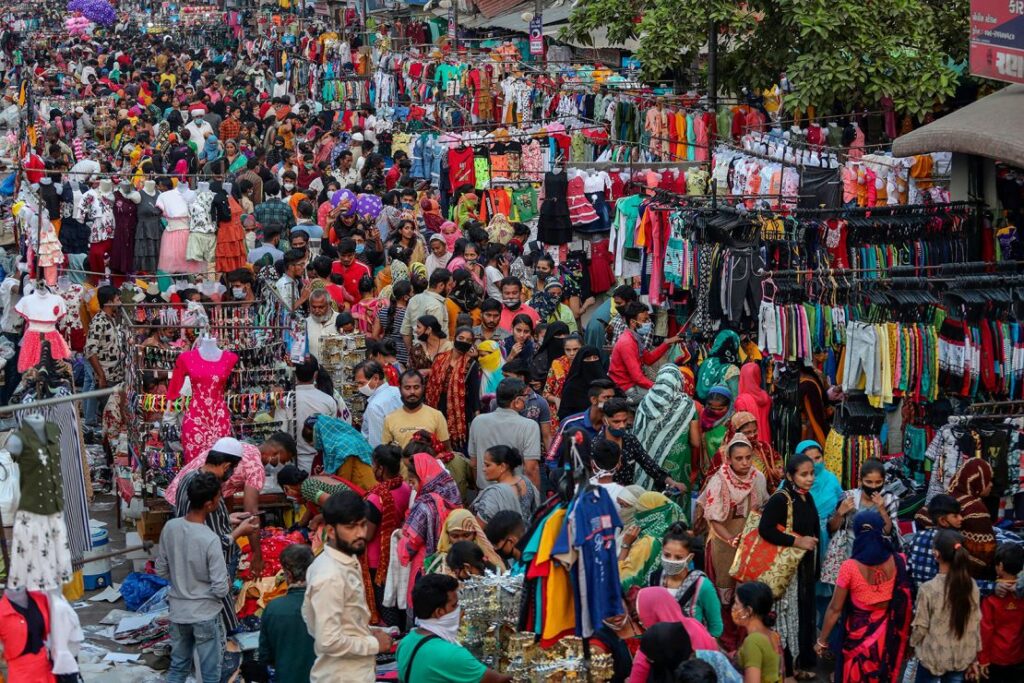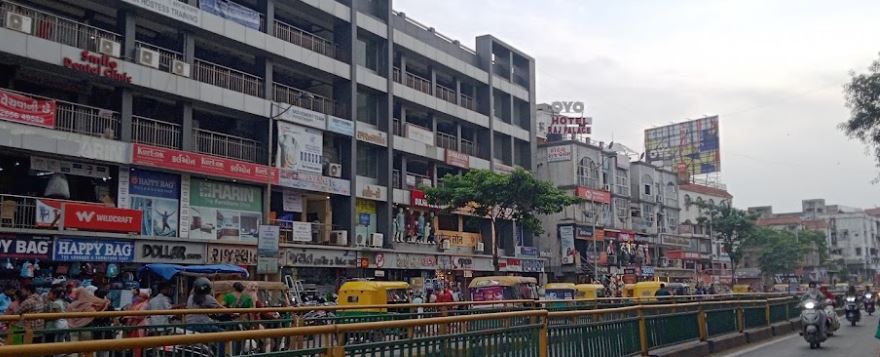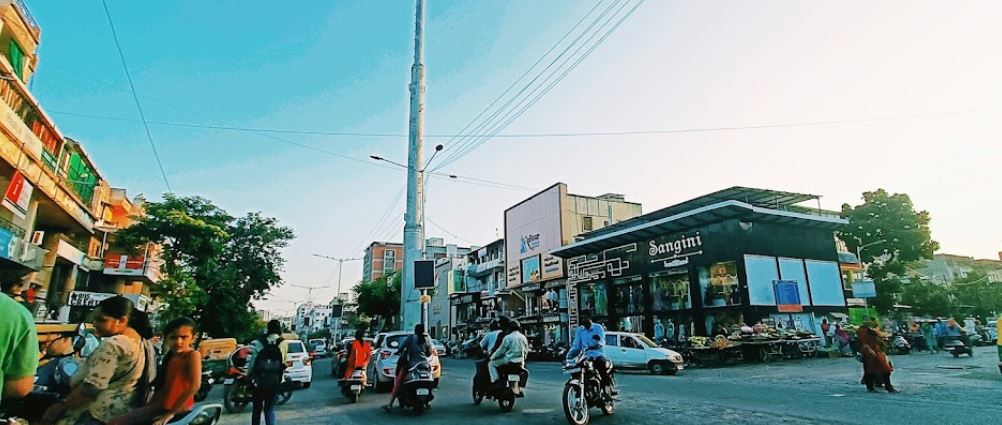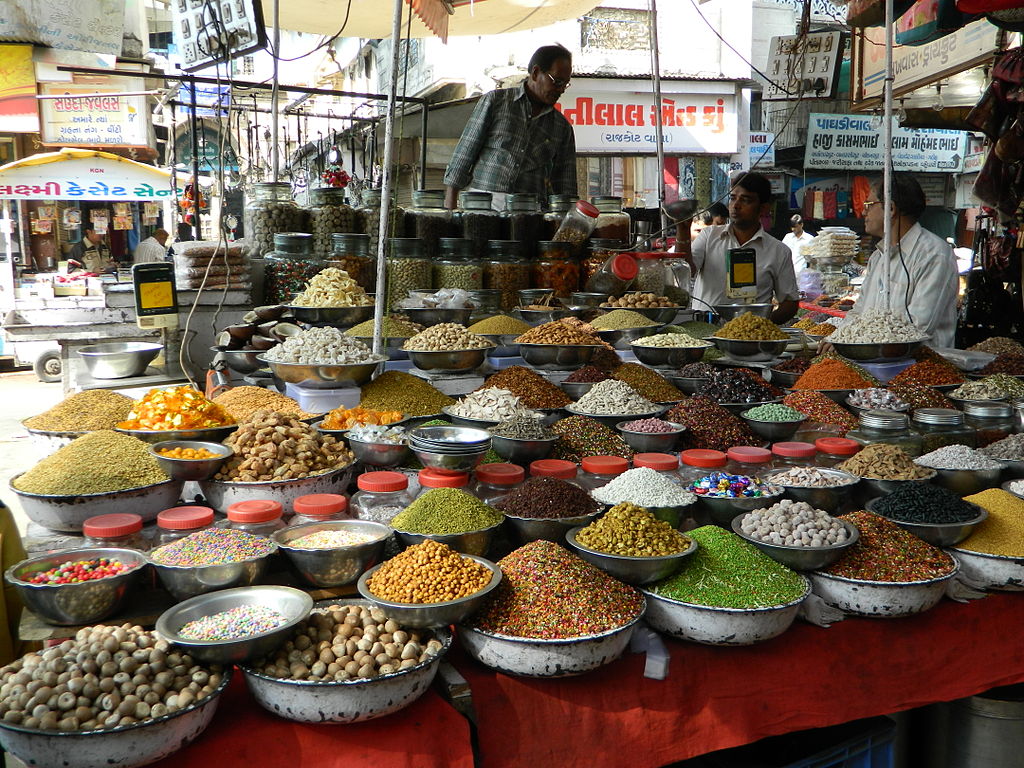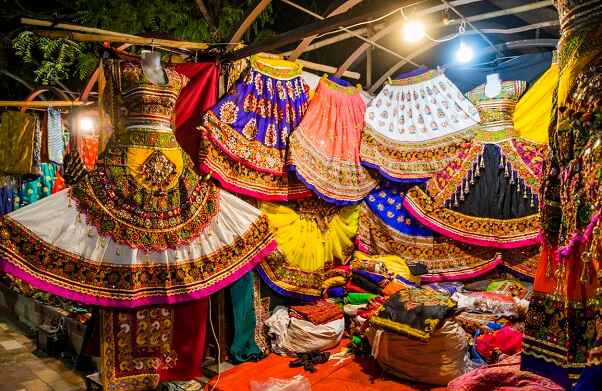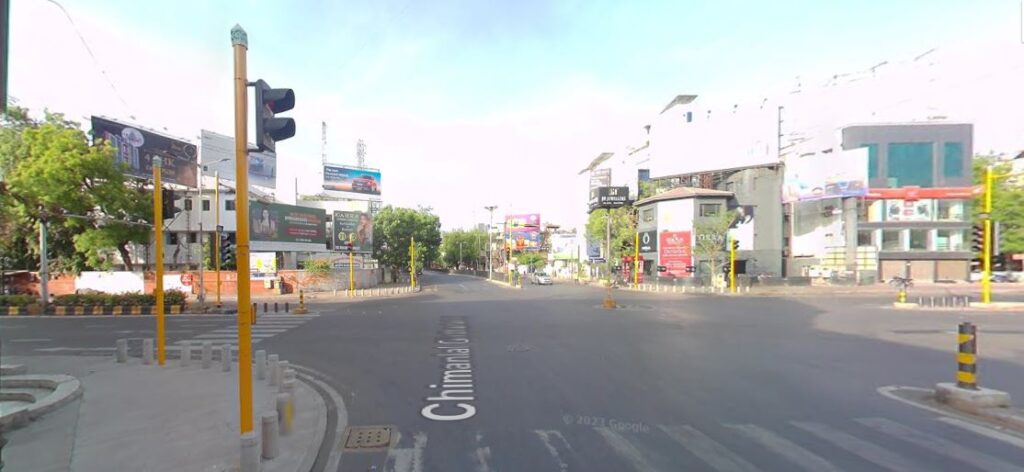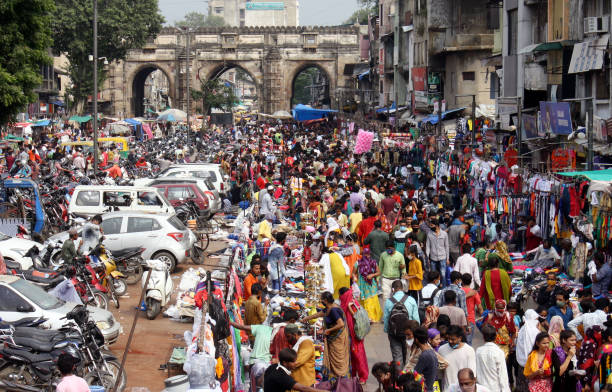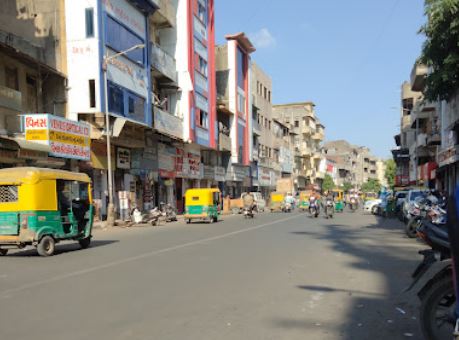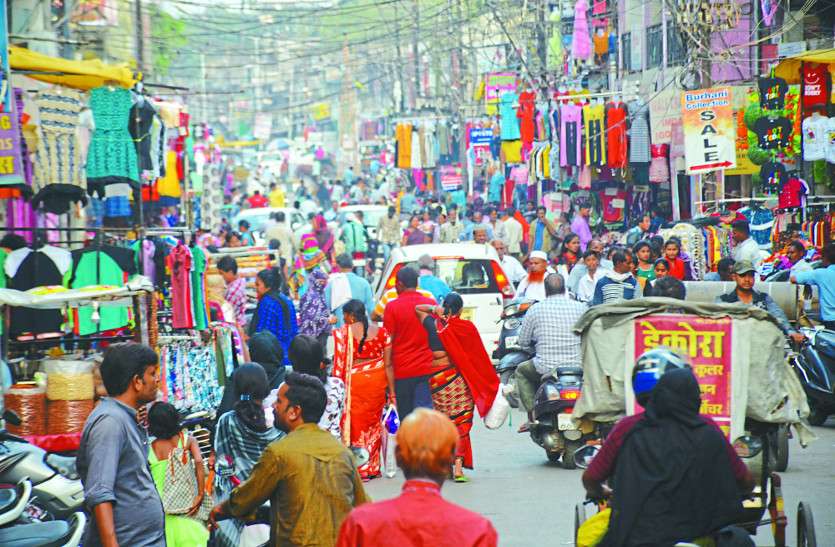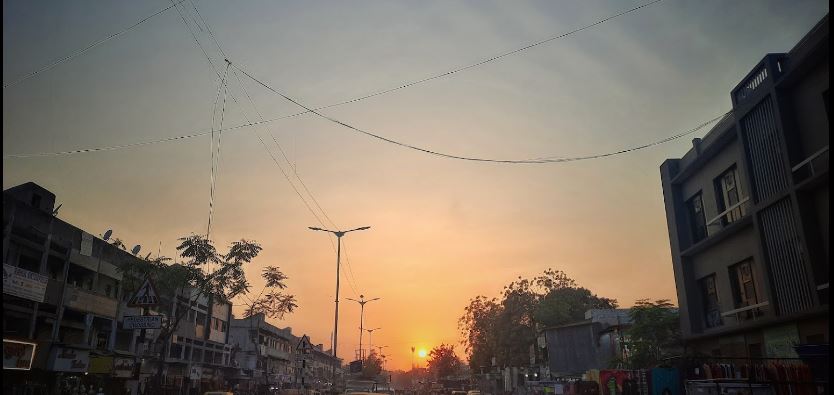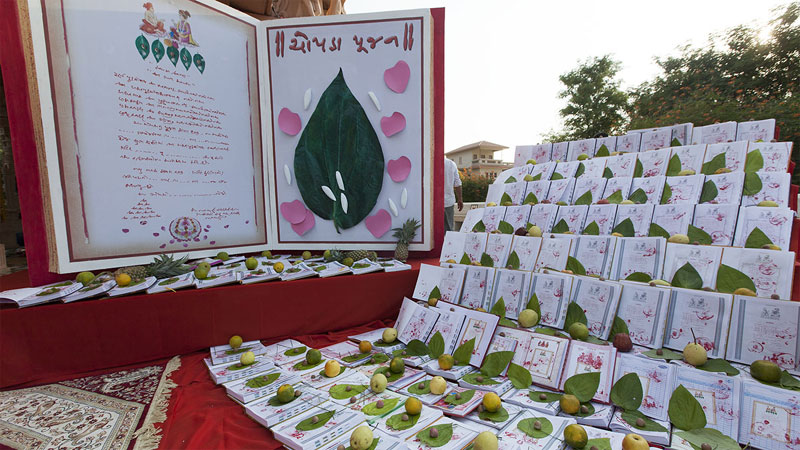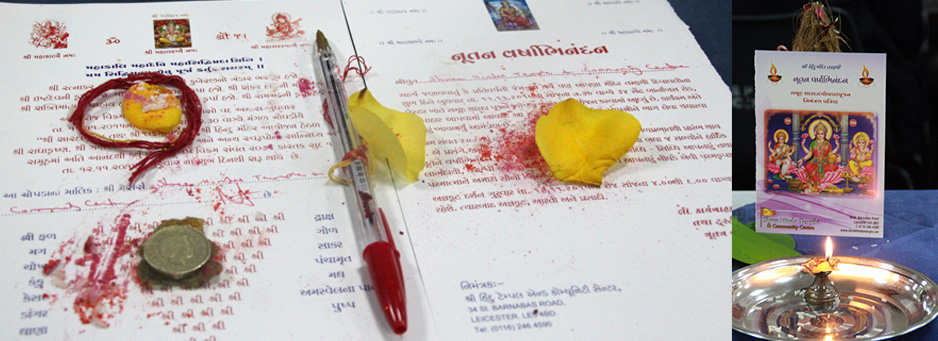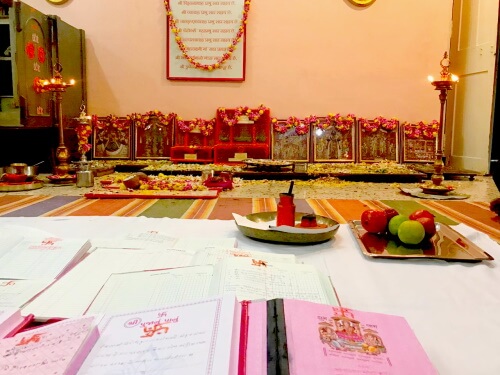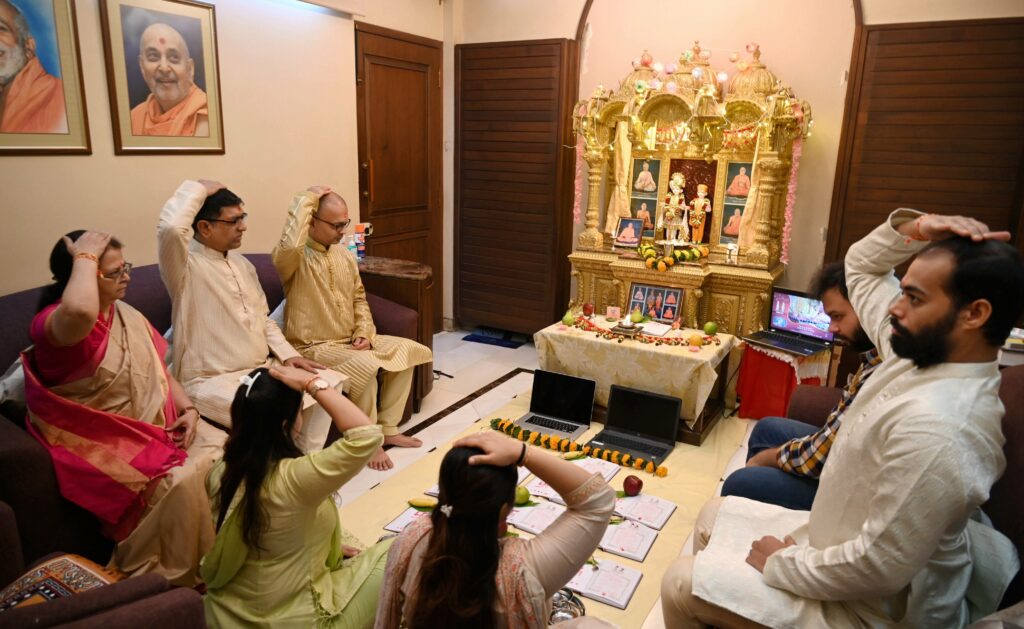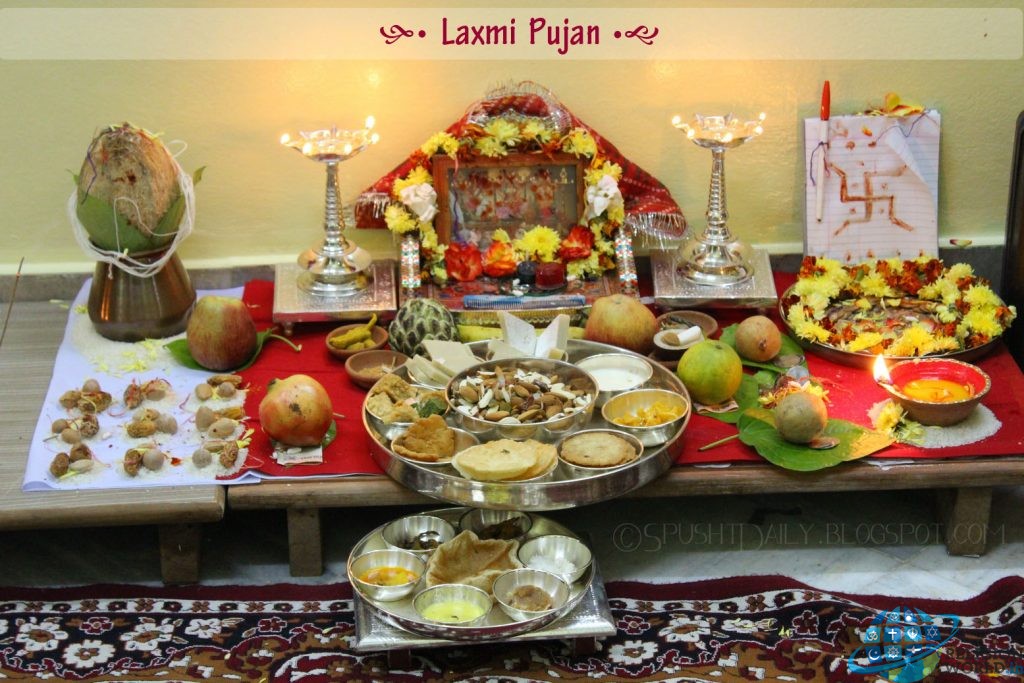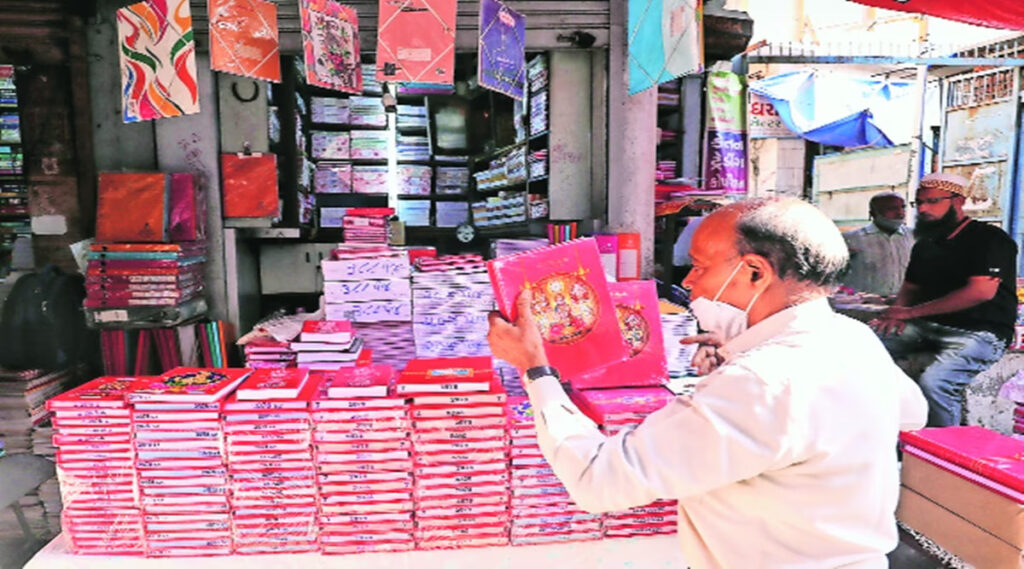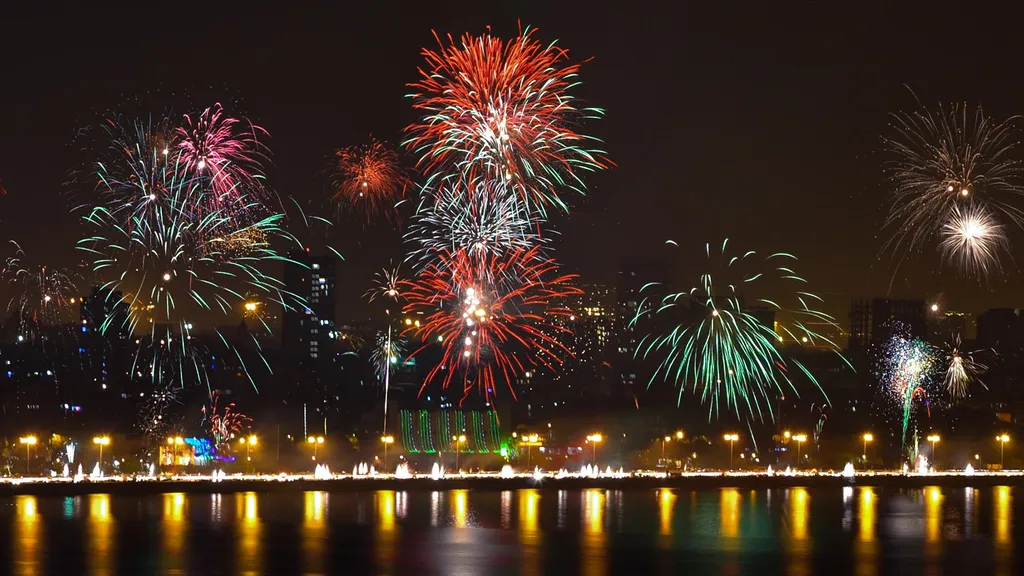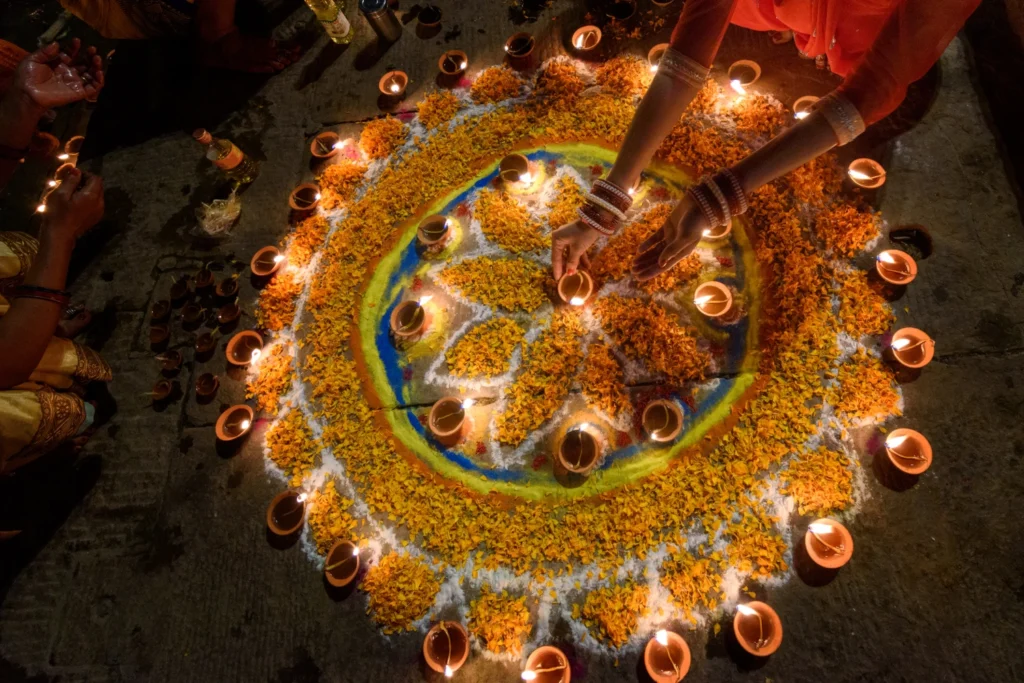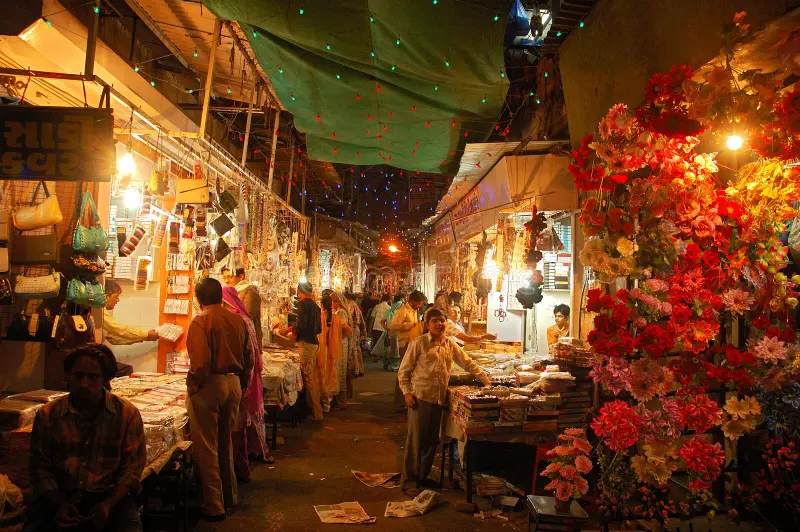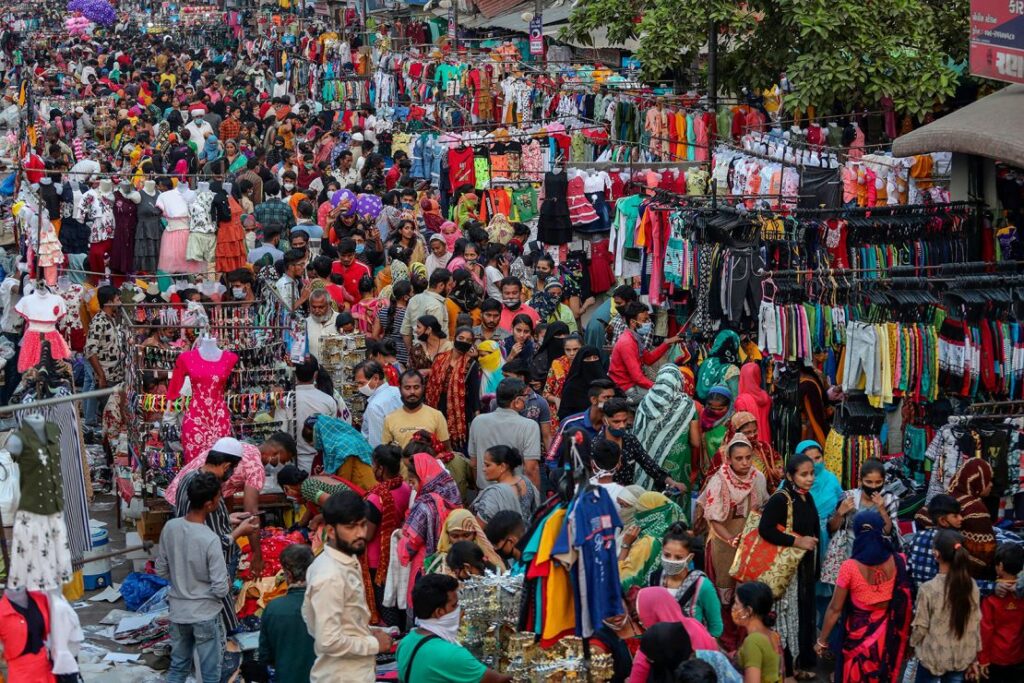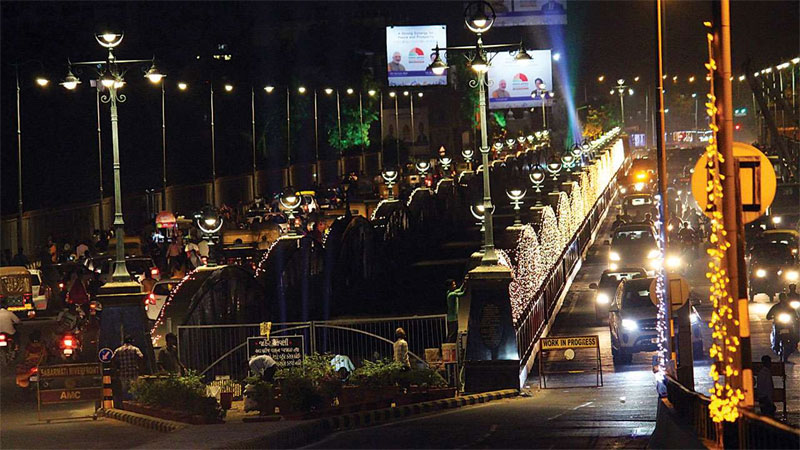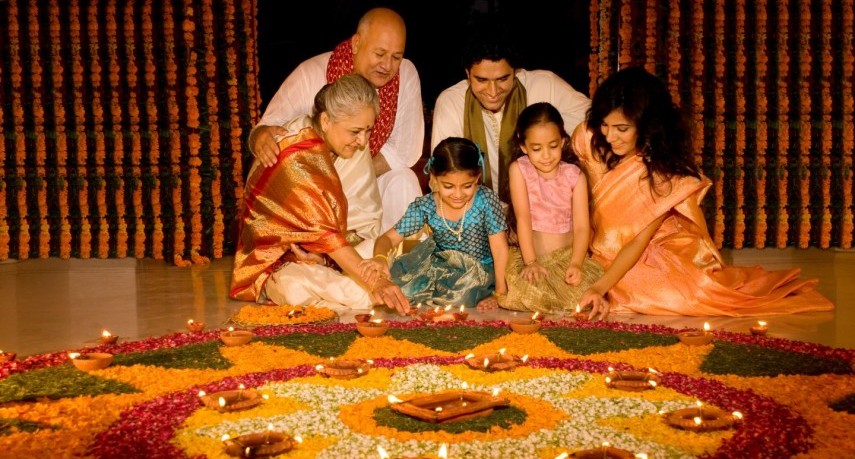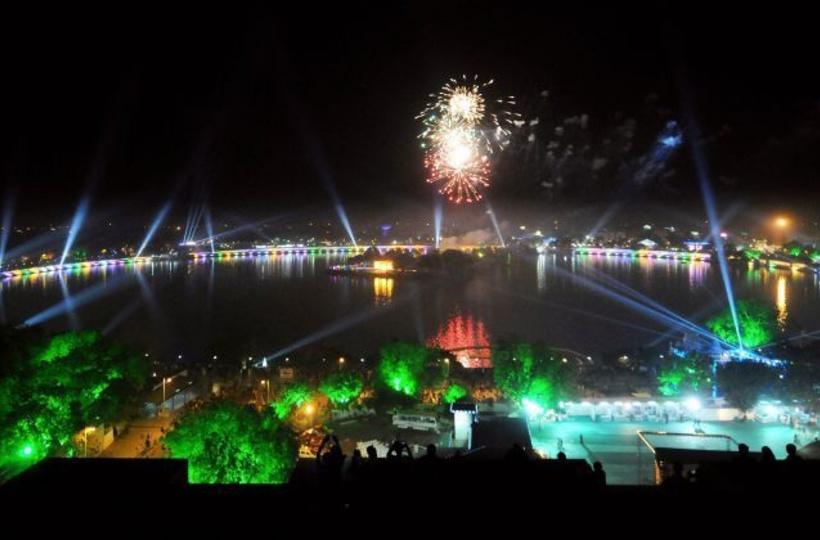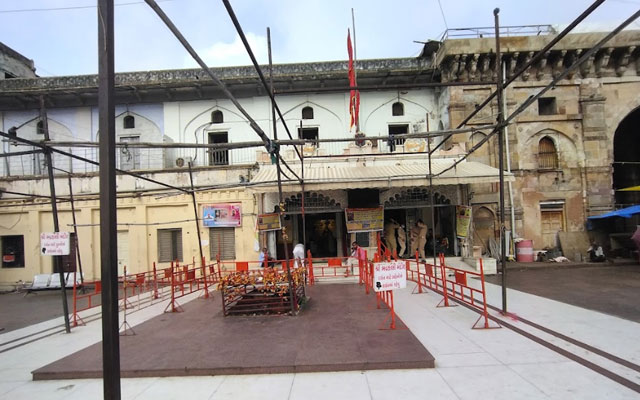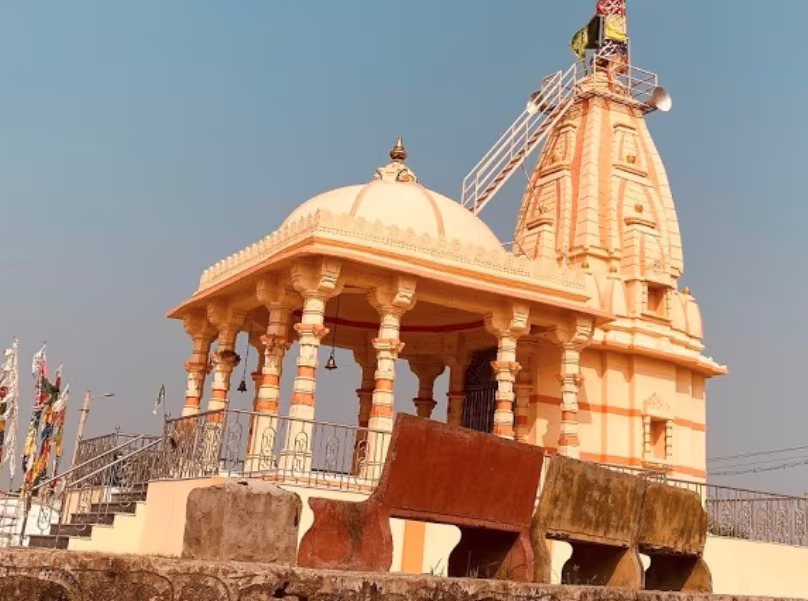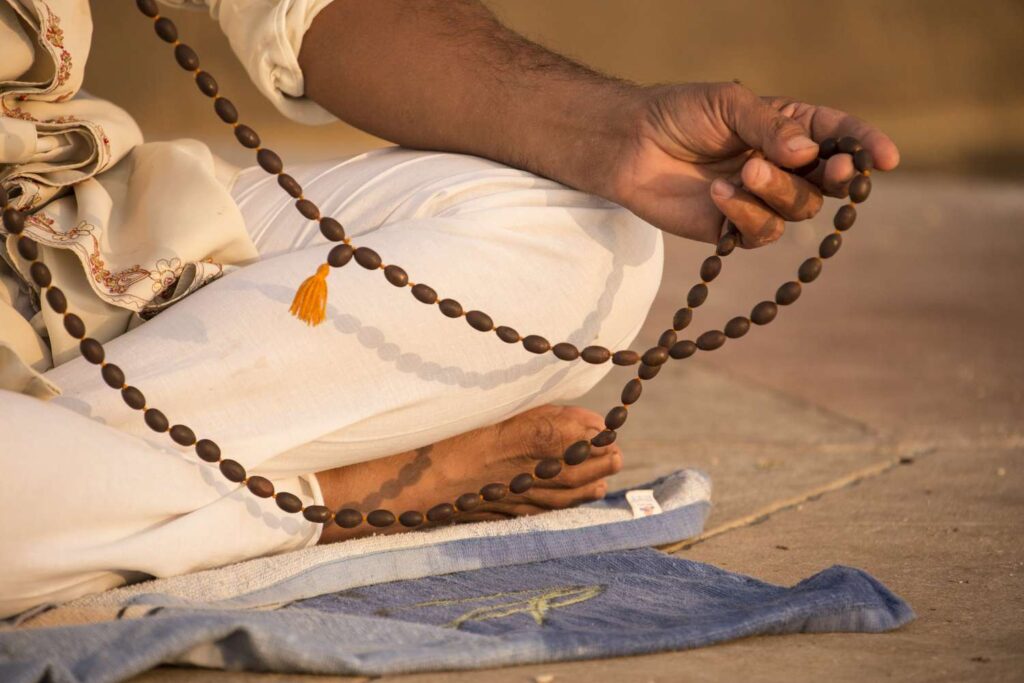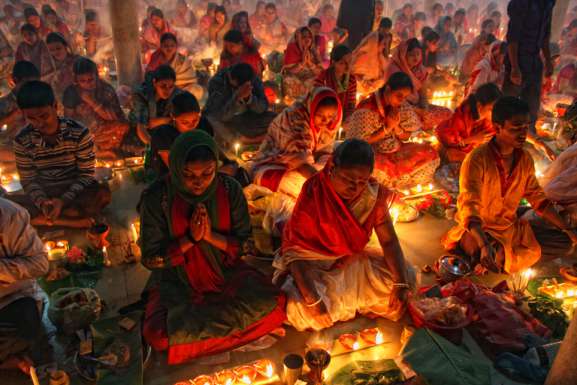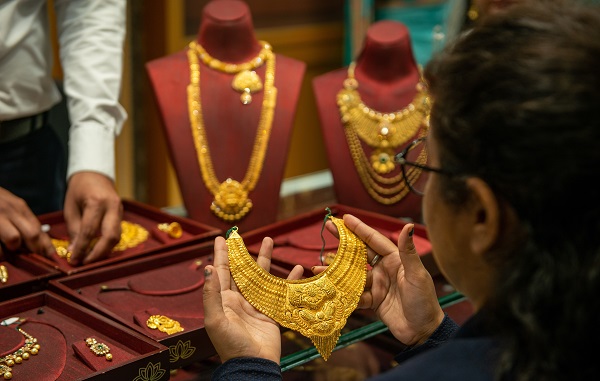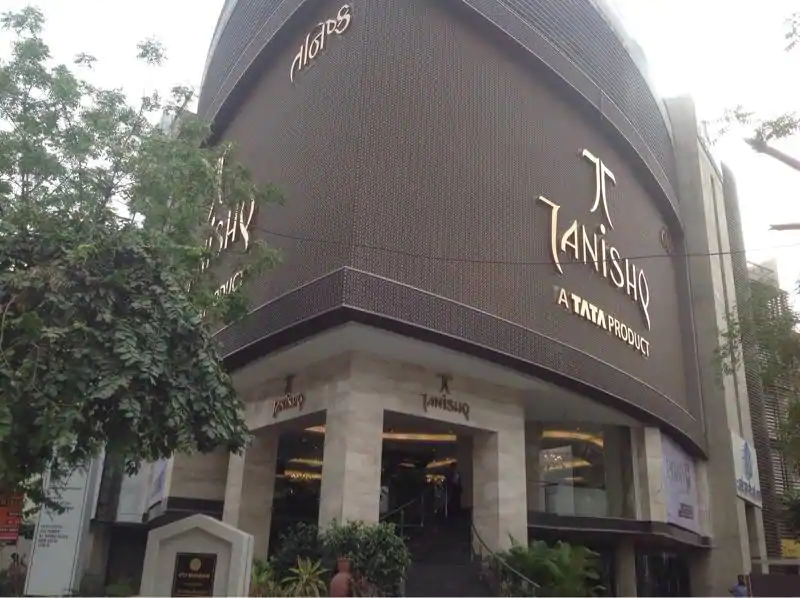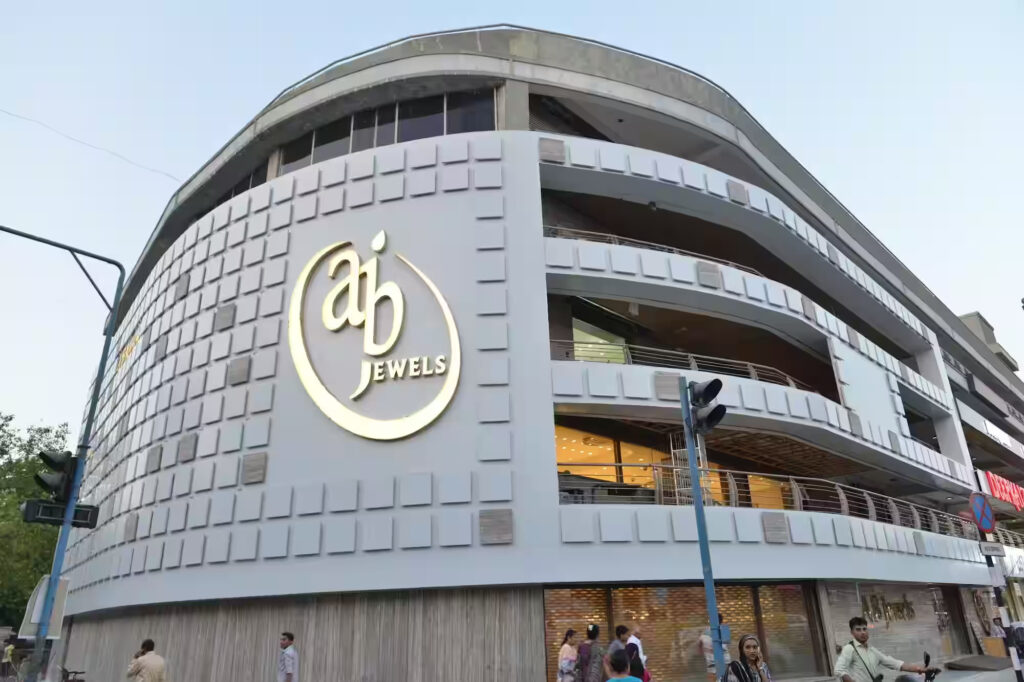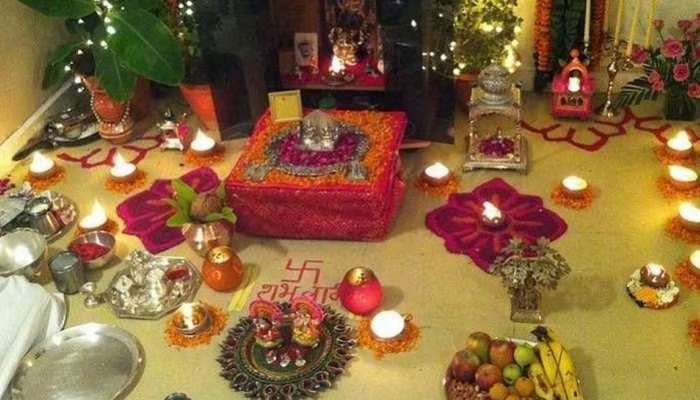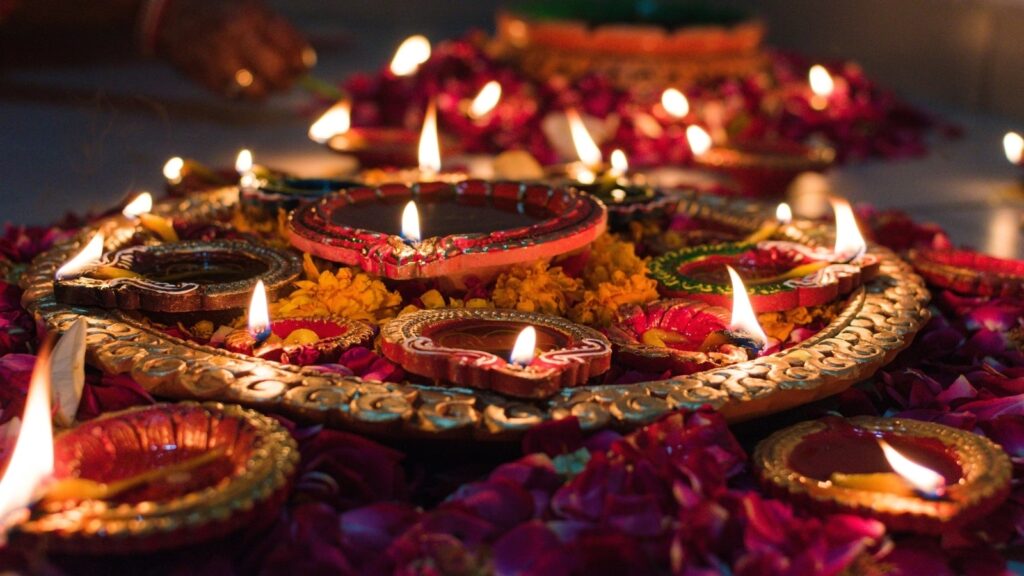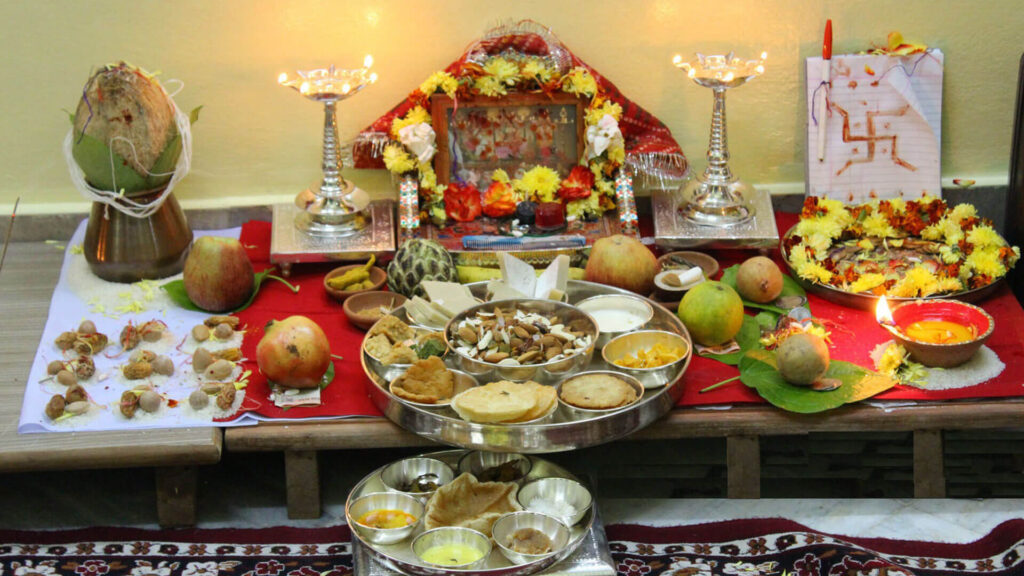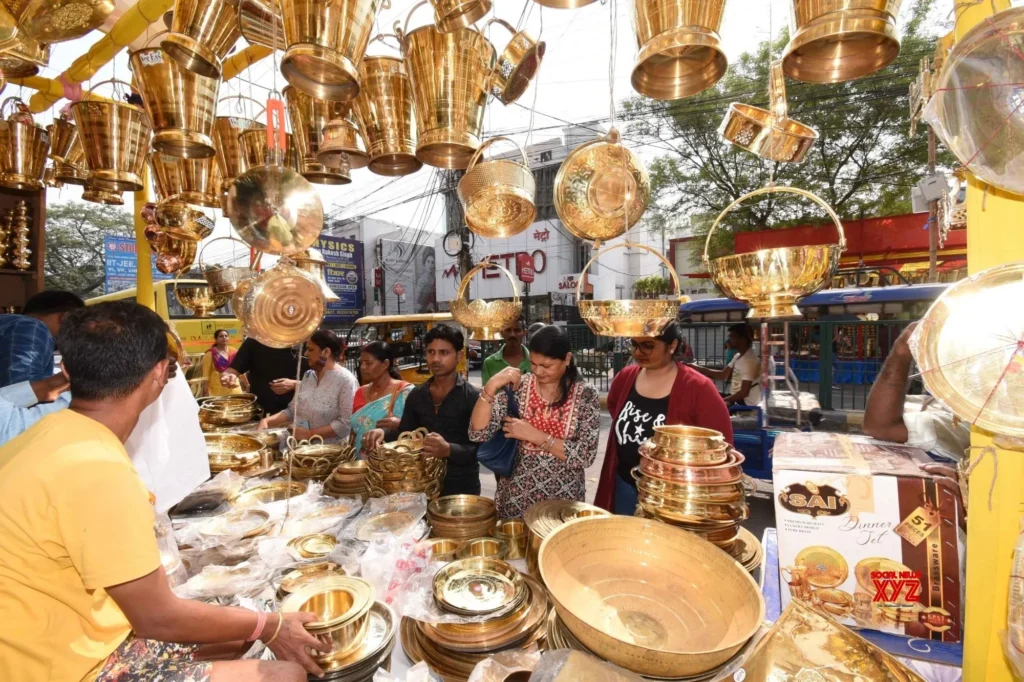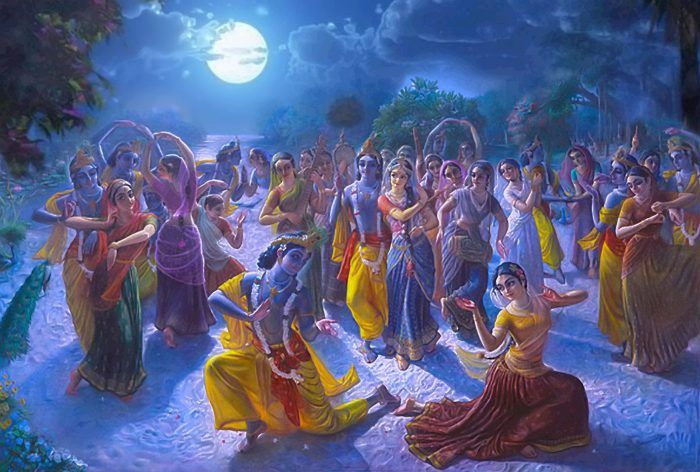Janmashtami in Ahmedabad 2024, celebrating the birth of Lord Krishna, is a deeply cherished festival that fills the city with spiritual devotion and cultural vibrancy. Observed on August 26th, the day is marked by midnight rituals, fasting, and lively festivities that reflect the rich traditions of Ahmedabad. As one of the most awaited celebrations, Janmashtami in Ahmedabad brings together devotees from all walks of life, making it a truly significant and joyous occasion.
Janmashtami 2024 Date and Timing (Muhurat – Choghadiya)
Here’s a table summarizing the Janmashtami 2024 Date and Timing:
| Event | Date & Time | Description |
|---|---|---|
| Ashtami Tithi Begins | August 25, 2024, at 3:39 AM | The start of the eighth lunar day (Ashtami) of Krishna Paksha. |
| Ashtami Tithi Ends | August 26, 2024, at 2:19 AM | The conclusion of the Ashtami Tithi. |
| Rohini Nakshatra Begins | August 26, 2024, at 3:55 PM | The beginning of the Rohini star, associated with Krishna’s birth. |
| Rohini Nakshatra Ends | August 27, 2024, at 3:38 PM | The end of the Rohini Nakshatra. |
| Krishna’s Birth Puja Time | August 26, 2024, Midnight (Nishita Kaal) | The most auspicious time to perform the Janmashtami puja. |
| Parana Time | August 27, 2024, after 6:22 AM (varies by location) | The time when the fast can be broken, post Ashtami and Rohini Nakshatra. |
Key Places to See in Ahmedabad During Janmashtami
Hare Krishna Mandir, Ahmedabad
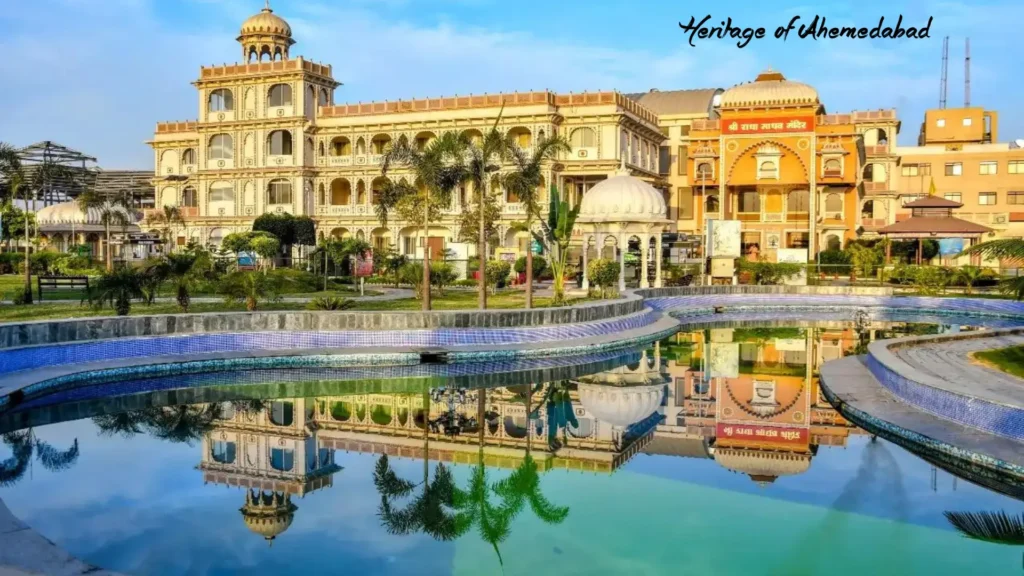
Another significant spot to celebrate Janmashtami in Ahmedabad is the Hare Krishna Mandir. This temple is renowned for its grand Janmashtami celebrations, which include a series of events starting from early morning till midnight. The temple hosts elaborate decorations, traditional dance performances, and spiritual discourses. The highlight of the celebration is the midnight abhishek and aarti, where devotees gather in large numbers to witness and participate in the sacred rituals.
Location : Google Map
| Event | Date & Time | Description |
|---|---|---|
| Hindola Seva (Swing Ceremony) | August 26, 2024, at 8:00 AM | The day begins with the Hindola Seva, where the deities are gently rocked in a beautifully decorated swing. |
| Abhishekam (Ceremonial Bathing) | August 26, 2024, at 9:30 AM | Sri Sri Radha Madhav, the main deities, will be ceremonially bathed in the sacred Abhishekam ritual, a key highlight of the Janmashtami celebration. |
| Swarna Ratha Yatra (Golden Chariot Procession) | August 26, 2024, Evening | A grand procession where the deities are taken around the temple in a golden chariot, accompanied by kirtans and devotional chanting. |
| Maha Mangala Aarti | August 26, 2024, Midnight | A special aarti performed at midnight, marking the exact moment of Lord Krishna’s birth, a deeply auspicious part of the celebrations. |
| Jhulan Seva & Ekant Seva | Following the Maha Mangala Aarti | The deities are again gently rocked in the Jhulan Seva, followed by private worship (Ekant Seva). |
| Nandotsav | August 27, 2024, Morning | A joyous celebration the morning after Janmashtami, featuring singing, dancing, and the distribution of prasadam to all devotees. |
ISKCON Temple, Ahmedabad
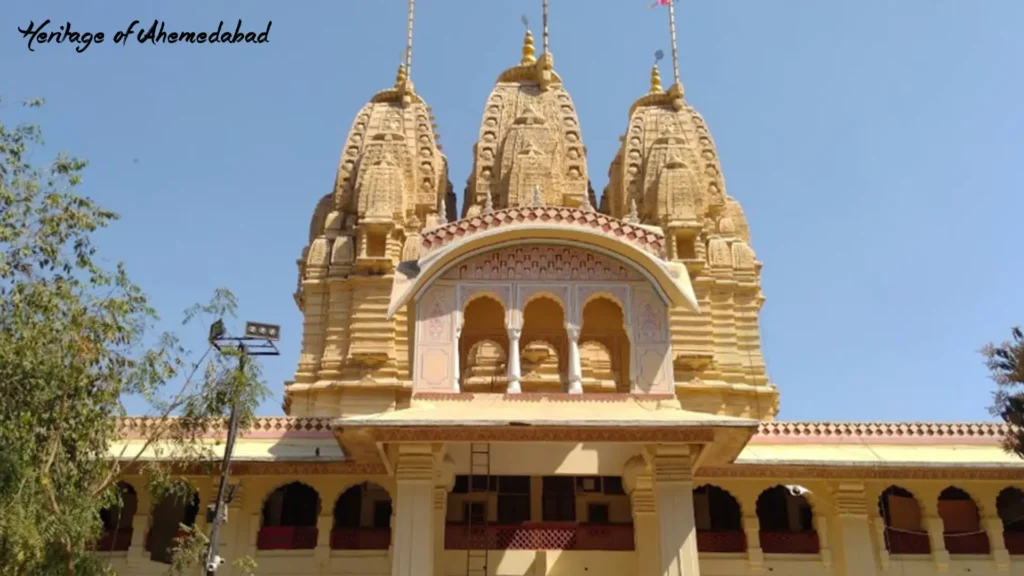
The ISKCON Temple in Ahmedabad is one of the most prominent places to experience the grandeur of Janmashtami in Ahmedabad. Known for its serene atmosphere and grand celebrations, the temple becomes a hub of devotion and festivity. The temple is beautifully decorated, and special events such as kirtans (devotional songs), cultural performances, and the revered ‘abhishek’ (ritual bathing of the deity) are conducted. The energy and devotion at ISKCON make it a must-visit during Janmashtami.
Location : Google Map
| Event | Date & Time | Description |
|---|---|---|
| Mangala Arati | August 26, 2024, at 6:00 AM | The day starts early with Mangala Arati, an auspicious morning worship of the deities. |
| Abhishek | August 26, 2024, at 7:00 AM | A ritualistic bathing of the deities, where Lord Krishna’s idols are bathed in holy water, milk, and other sacred substances. |
| Recorded SB Class by HG Jashomatinandan Prabhuji | August 26, 2024, at 8:00 AM | A ritualistic bathing of the deities, where Lord Krishna’s idols are bathed in holy water, milk, and other sacred substances. |
| Glorification by Devotees | August 26, 2024, at 9:00 AM | Devotees share their thoughts and glorify Lord Krishna, recounting stories and experiences that highlight His divine nature. |
| Pushpanjali and Bhoga Offering | August 26, 2024, at 10:00 AM | Flowers are offered to the deities during Pushpanjali, followed by the offering of Bhoga (food) to Lord Krishna. |
| Aarti of Great Personalities | August 26, 2024, at 11:00 AM | A special aarti is conducted to honor the great personalities who have contributed to the spiritual upliftment of society. |
| Prasadam Feast | August 26, 2024, at 12:00 PM | A grand feast of prasadam is served to all devotees, offering a variety of delicious and sacred foods. |
| Janmashtami Meeting in Nityananda Hall | August 26, 2024, at 2:00 PM | A gathering of devotees in Nityananda Hall to discuss and celebrate the significance of Janmashtami. |
| Rath Yatra (Chariot Procession) | August 26, 2024, at 6:00 PM | The evening features a Rath Yatra, where a chariot carrying the deities is pulled by devotees around the temple premises, accompanied by kirtan and chanting. |
| Kirtan and Bhajan | August 26, 2024, at 7:00 PM | The atmosphere is charged with devotion as the kirtans and bhajans continue into the evening, drawing everyone into a spiritual trance. |
| Cultural Programs | August 26, 2024, at 8:00 PM | More cultural events unfold, including performances that illustrate various aspects of Lord Krishna’s life and teachings. |
| Prasadam Distribution | August 26, 2024, at 10:00 PM | The day concludes with the distribution of prasadam, allowing devotees to end their fast with a sacred meal. |
Food Specialties in Ahmedabad During Janmashtami
Food plays a significant role in Janmashtami 2024, with various dishes prepared and offered as prasad:
- Makhan Mishri: A traditional dish made of freshly churned butter and sugar, reminiscent of Krishna’s love for butter.
- Panchamrit: A sacred mixture used during the Abhishek and later distributed as prasad.
- Laddus and Kheer: These milk-based sweets are particularly popular and are considered a favorite of Krishna.
- Sabudana Khichdi and Singhare Ke Atte Ka Halwa: These are commonly prepared fasting foods, made without grains.
Conclusion
Janmashtami in Ahmedabad is more than just a festival; it’s a celebration of devotion, culture, and community. Whether you are a resident or a visitor, experiencing Janmashtami in this vibrant city is sure to leave you with lasting memories of spiritual richness and joyous celebrations. Don’t miss the chance to be part of this grand event and witness the beauty of Ahmedabad’s traditions during Janmashtami.
You May Also like:
- Janmashtami 2024: How to Celebrate with Your Family
- Navratri in Ahmedabad: Celebrating Garba and Shopping
If you like this post and want to share the same with your friends you may follow us on our social media accounts on Instagram, Twitter, and Pinterest.


